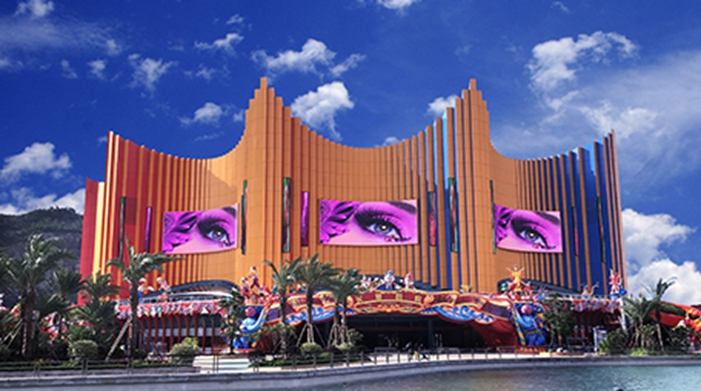In today's digital landscape, we encounter various types of LED displays that serve different purposes. As we delve into the nuances of indoor vs outdoor LED displays, it’s crucial to understand their distinct features. These differences guide businesses in making informed decisions about which type of display fits their needs best.

Defining Indoor and Outdoor LED Displays
Indoor LED displays are specifically designed for controlled environments, where lighting conditions and weather are not a concern. Typically, the brightness requirements for these displays are lower since they are used in settings such as retail stores, exhibitions, or conferences. Their design emphasizes visual clarity and high resolution for an engaging viewer experience. In contrast, outdoor LED screen panels are engineered to withstand harsh conditions. They are built with weatherproof materials, making them robust enough to endure rain, snow, and extreme heat. This durability, coupled with higher brightness levels, ensures visibility even in direct sunlight, making outdoor displays ideal for billboards, sports arenas, and other public spaces.
Performance and Technology Considerations
When assessing indoor vs outdoor LED displays, performance is a critical aspect. Indoor displays often feature finer pixel pitch, which enhances image quality at close viewing distances. This makes them well-suited for environments where audiences are typically near the display. On the other hand, outdoor displays focus on brightness and resilience. They employ technologies designed to maximize visibility from afar, ensuring that messages are conveyed effectively even in bustling urban settings. Both types can utilize advanced features such as 3D LED screen technology and LED digital signage, which allow for dynamic visuals and creative content presentation, enhancing user engagement.
Flexibility Options for Different Needs
A significant advantage of LED technology is its adaptability to various applications. For businesses seeking temporary setups, mobile LED screen rental services provide a flexible solution. This option allows for easy transportation and installation, particularly useful for events, festivals, or pop-up shops. Whether opting for indoor or outdoor displays, our LED display FAQ often emphasizes the importance of choosing the right solution based on specific use cases.
Conclusion
Understanding the differences between indoor and outdoor LED displays is essential for businesses aiming to enhance their visibility and communication efforts. By recognizing the unique attributes of each type, we can make better decisions that align with our goals. Whether we require the high resolution of indoor displays or the durability of outdoor screens, Retop is committed to providing reliable and effective solutions tailored to meet our clients' needs. We encourage you to explore our offerings and see how our LED displays can elevate your brand presence in any environment.
I consent to receive emails about news, marketing&product updates from Retop in accordance with the Retop Privacy Policy